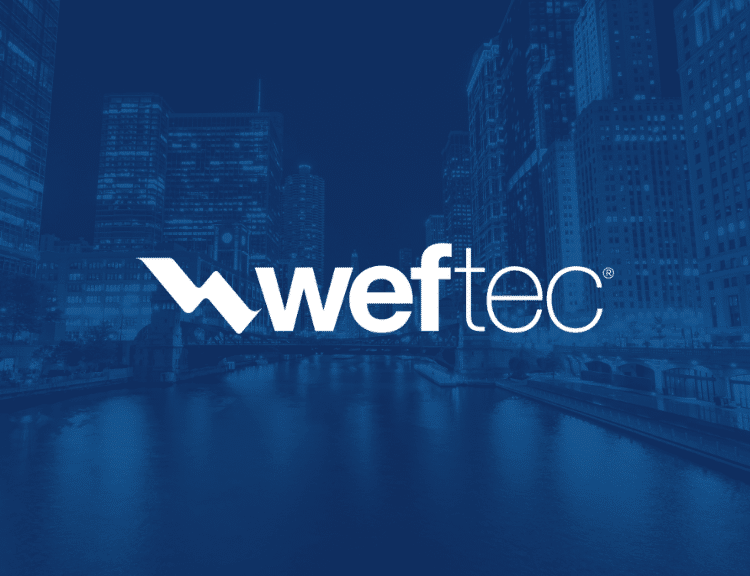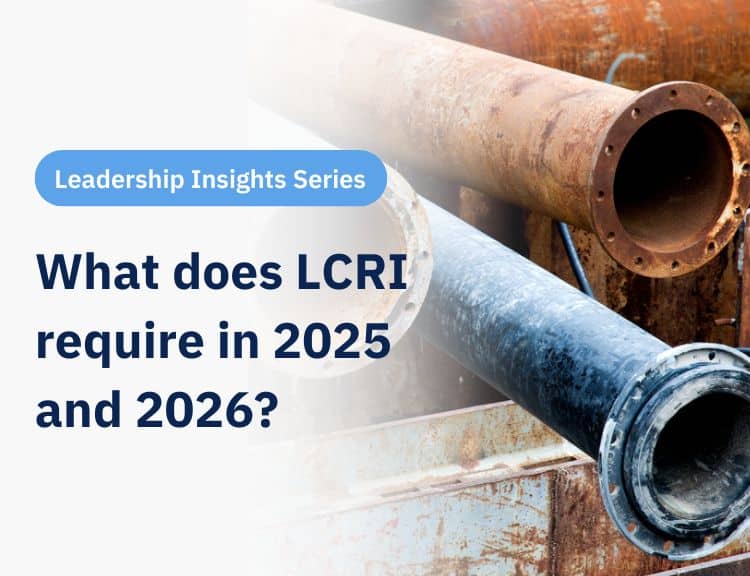BlueConduit’s LSL Predictions and new LSL Replacements tools focus on unknown management and LSL replacement prioritization, respectively. Let’s explore unknown management and replacement prioritization in the context of Lead and Copper Rule (LCRI) compliance and beyond.
The Environmental Protection Agency’s (EPA) Lead and Copper Rule Improvements (LCRI) requires water systems to develop a service line replacement plan. Two critical components of this plan are the strategy for managing unknown service lines and the strategy for prioritizing replacements. These elements are essential for ensuring effective and equitable lead service line (LSL) replacement.
Creating an unknown management strategy for service lines
A significant challenge in LSL replacement is the presence of service lines with unknown material composition. The LCRI requires water systems to create a plan for identifying these unknown lines as part of a broader LSL replacement plan. Specifically, all service lines of unknown composition must be identified by the system’s mandatory service line replacement deadline, which is 10 years for most systems.
Why is unknown management important?
Unknown management is critical for a variety of reasons, including and beyond compliance:
- Compliance: The LCRI includes a requirement to identify unknowns and includes unknown lines in the replacement pool. In other words, water systems are required to replace 10% of their LSLs annually and, for the purposes of this calculation, unknowns are considered to be lead. This incentivizes their identification. If these lines are not identified, a system could run out of known lead and GRR service lines to replace, which would lead to noncompliance.
- Public health: Unknown service lines pose a risk of being lead or galvanized requiring replacement (GRR) lines, which are significant sources of lead. Identifying them is a crucial step in reducing lead exposure.
- Replacement planning: it is impossible to effectively plan for LSL replacement without a clear view of how much lead is in the system and where it is located.
- Transparency: Knowing the location of all service lines is essential for transparency and public awareness.
Creating a replacement prioritization strategy
The LCRI mandates that replacement plans also include a strategy to prioritize service line replacements. This strategy must consider factors such as known lead and GRR service lines. It should also incorporate community-specific factors, such as populations disproportionately impacted by lead and populations most sensitive to the effects of lead.
Why is replacement prioritization important?
When it comes to LSL replacement, order matters. Here’s why.
- Equity: Prioritization ensures that replacements are not conducted arbitrarily, but rather focus on communities most vulnerable to lead exposure.
- Effectiveness: By targeting the most critical areas first, replacement efforts become more efficient, and public health benefits are achieved sooner.
- Community-Specific Factors: Each community is different, and the specific needs and demographics of the community must inform the prioritization strategy. For instance, a community with housing that also contains lead paint may require a different approach to prioritization.
Both the unknown management strategy and the replacement prioritization strategy are integral components of the LCRI-required replacement plan and the LCRI’s stated goal of removing lead from drinking water. They are not merely bureaucratic requirements but essential elements that allow for efficient, equitable, and effective LSL replacements. Systems must make their service line replacement plans, which include these strategies, publicly accessible to inform the community of the prioritization strategy.
Want to learn more about how AI and predictive modeling help make lead service line replacements more efficient, cost-effective, and equitable? Watch our video!





